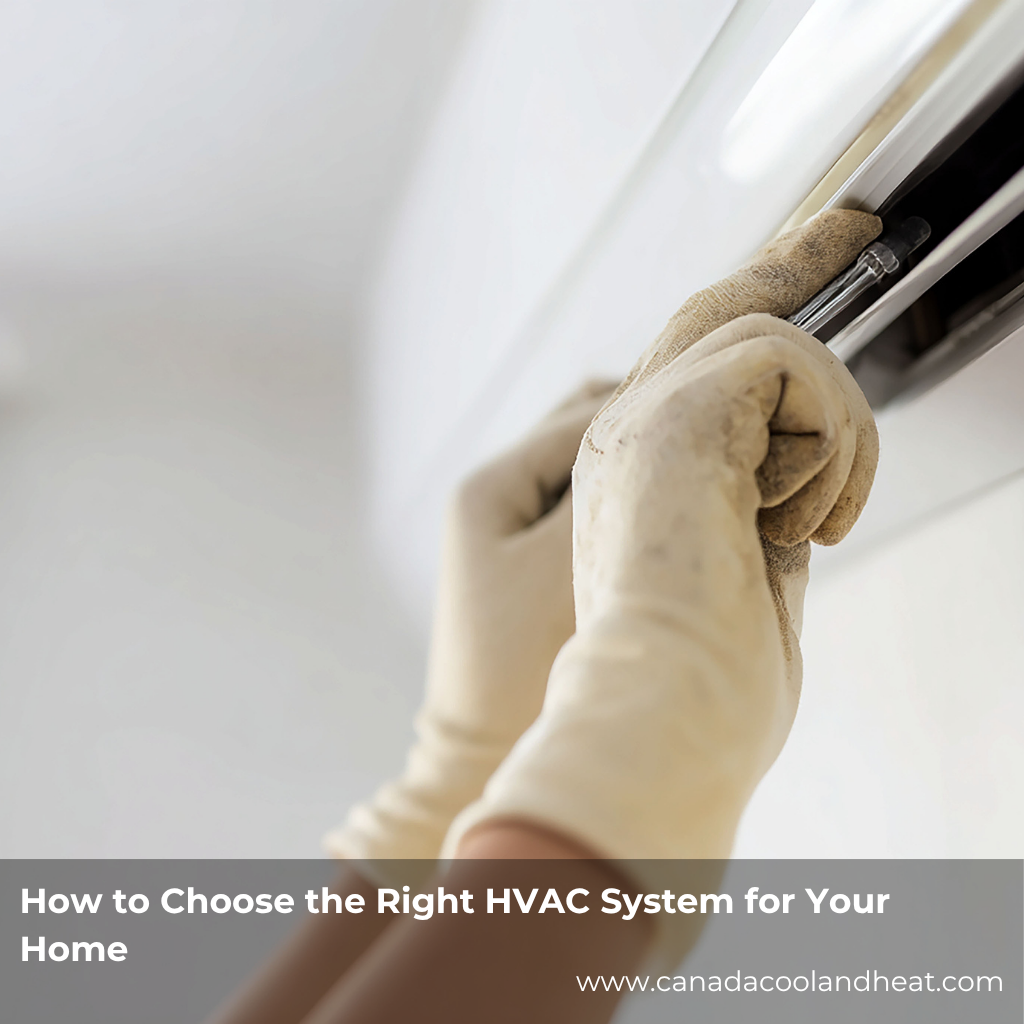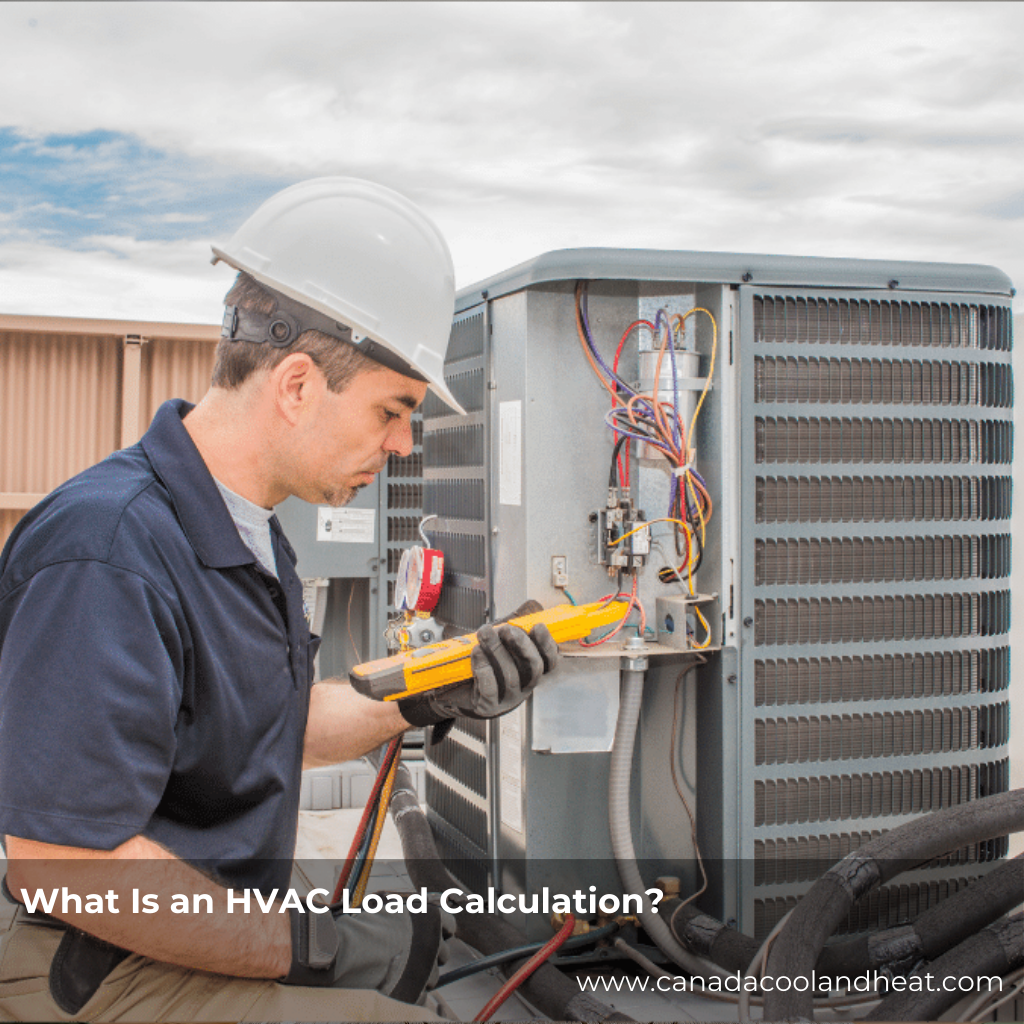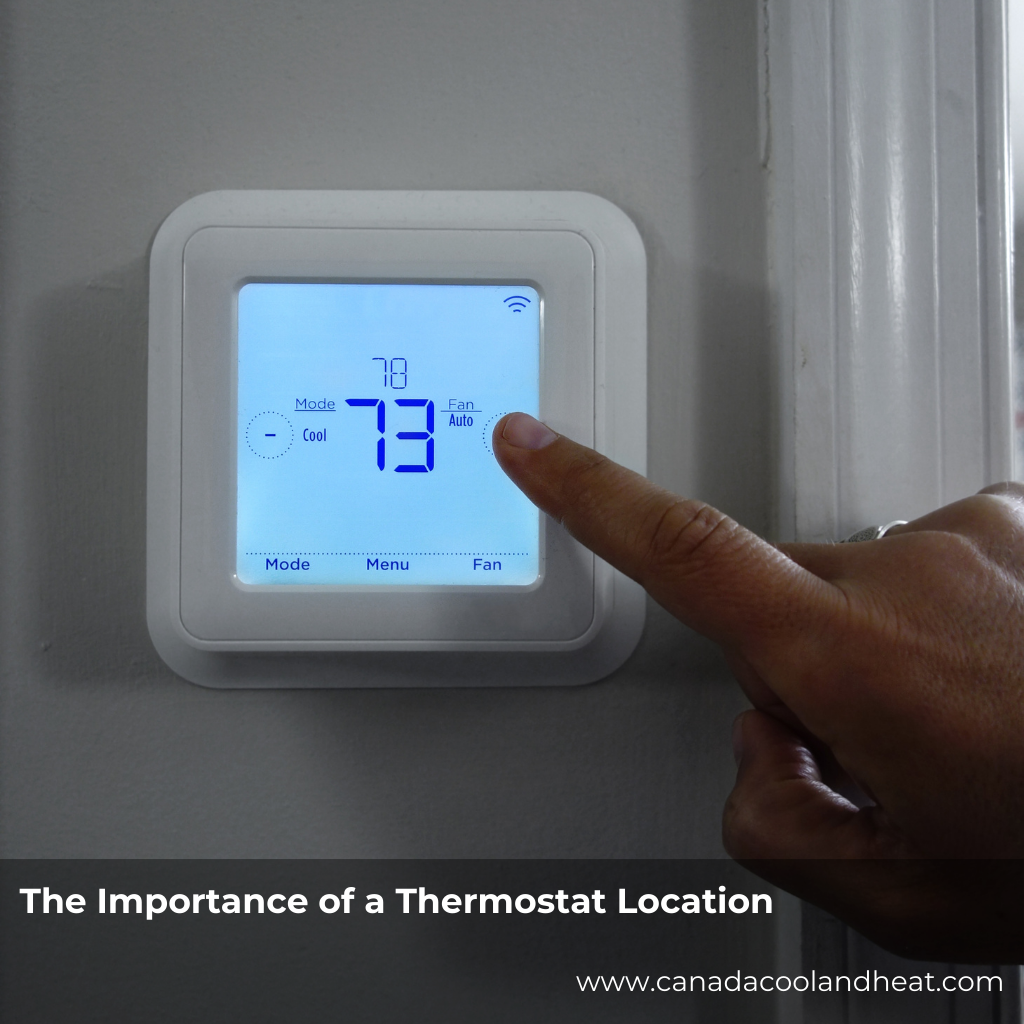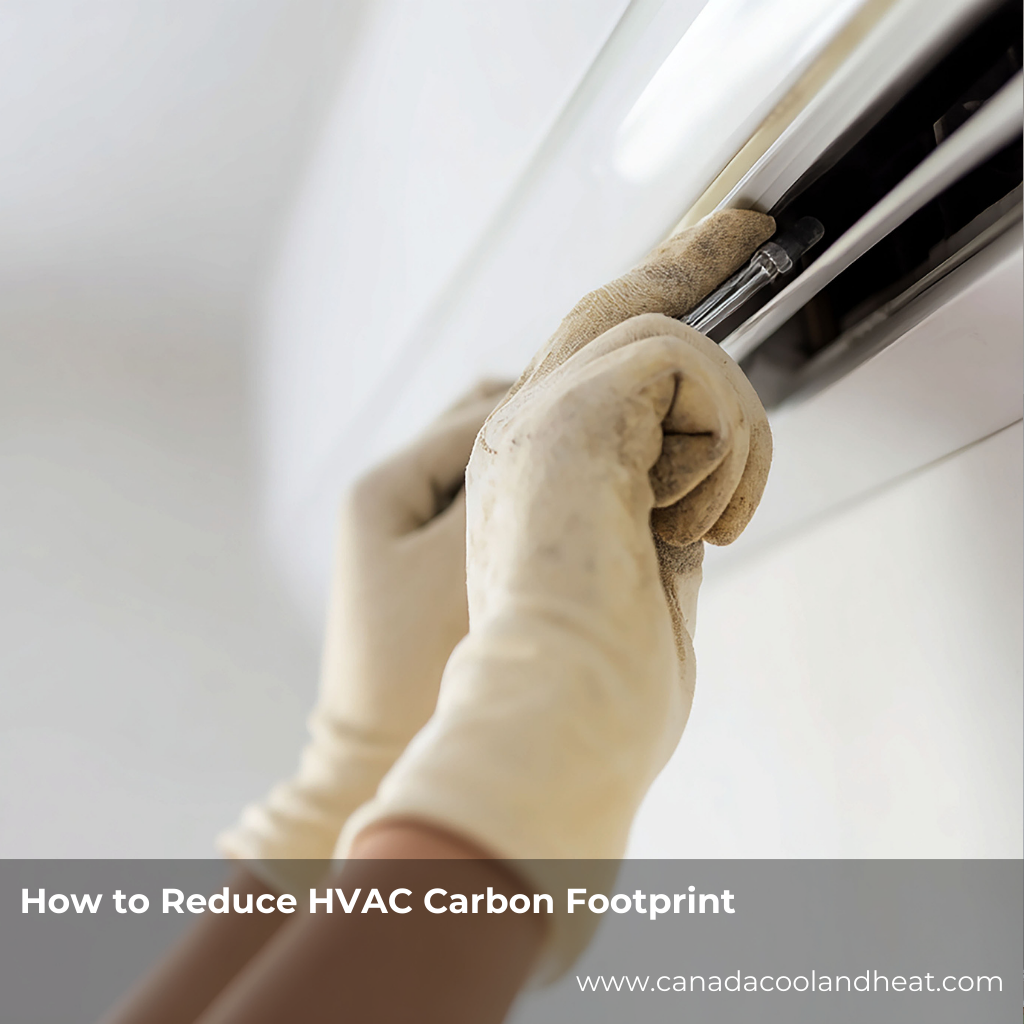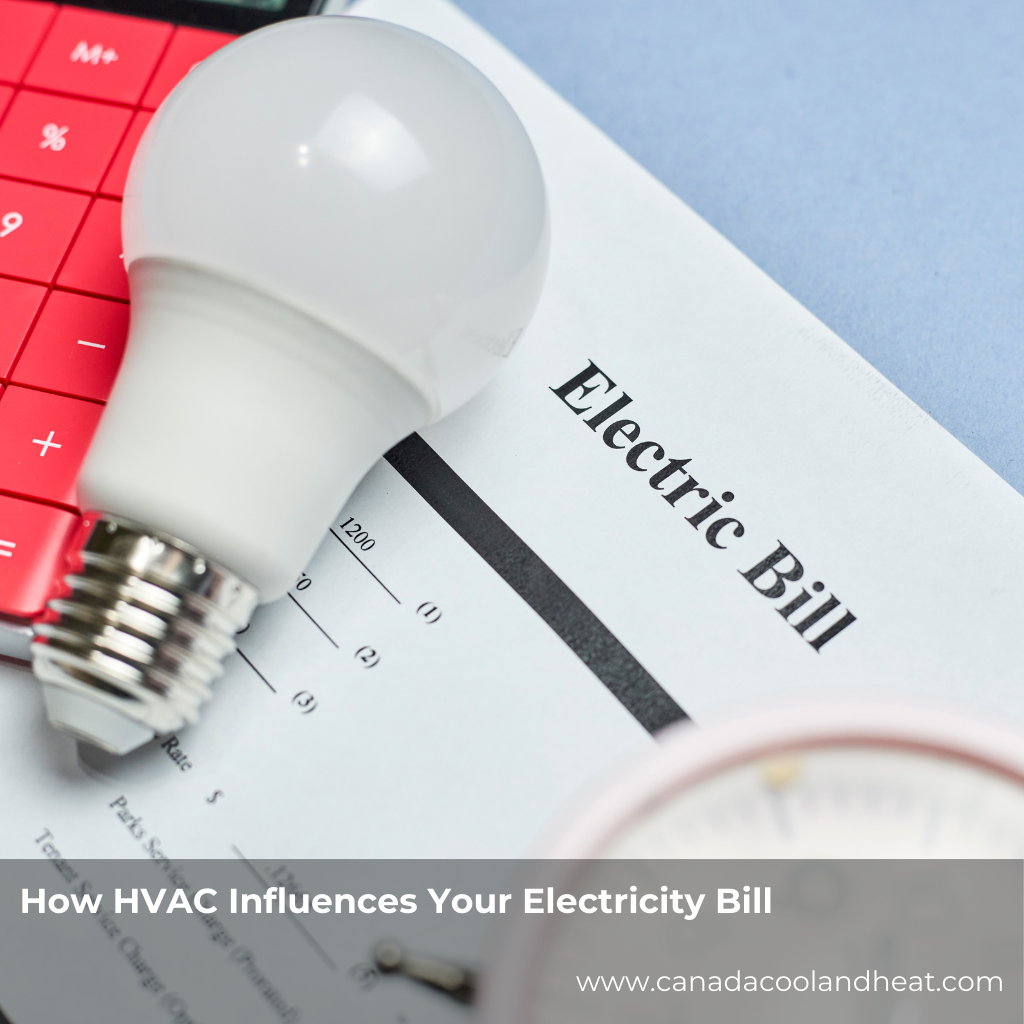Why Kitchen Ventilation Matters
Cooking produces more than delicious aromas — it releases moisture, carbon monoxide, grease, and fine particles into the air. Without proper ventilation, these pollutants linger, leading to:
-
Lingering odors that stick to fabrics
-
Excess moisture that encourages mold growth
-
Poor indoor air quality, affecting your family’s health
-
Overworked HVAC systems trying to balance airflow
That’s why the vent hood is such a critical piece of the puzzle. But it doesn’t operate in isolation — it pulls directly on the air balance of your home.
The Range Hood–HVAC Connection
Think of your HVAC system as your home’s lungs. It brings in air, filters it, heats or cools it, and circulates it back. Now imagine your vent hood as a straw pulling that same air out. If the hood is too powerful or improperly sized, it can create negative air pressure — basically, your house trying to suck air back in from anywhere it can.
This leads to issues like:
-
Backdrafting: Gas appliances (like water heaters or furnaces) pulling exhaust gases back into your home.
-
Energy loss: Heated or cooled air being whisked out faster than your HVAC can replace it.
-
Drafts: Cold air sneaking in through cracks and leaks.
A poorly matched hood can actually make your HVAC system work harder, raising utility bills and lowering comfort.
Sizing Guidelines: Finding the Sweet Spot
So, how do you make sure your range hood and HVAC system get along? It all comes down to sizing.
Step 1: Match CFM to Cooking Needs
-
Light cooking (electric cooktops): 100–300 CFM (cubic feet per minute) may be sufficient.
-
Standard gas ranges: 300–600 CFM.
-
High-powered gas or commercial-style stoves: 600–1200+ CFM.
Rule of thumb: Aim for 100 CFM per 10,000 BTUs of stove output.
Step 2: Check Kitchen Size
The vent hood should be able to cycle the kitchen’s air 12 times per hour.
-
Example: For a 200 sq. ft. kitchen with 8 ft. ceilings (1,600 cubic feet total), you’ll need about 320 CFM minimum.
Step 3: Balance with HVAC
Once you know the hood’s power, make sure your HVAC can replace the exhausted air without straining. Larger systems may need make-up air units — small devices that bring in fresh air to balance what’s leaving.
Common Mistakes Homeowners Make
When homeowners choose HVAC systems without considering ventilation, a few issues pop up again and again:
-
Oversized hoods: Bigger isn’t always better. A 1200 CFM hood in a small kitchen is like using a firehose to water a houseplant.
-
Skipping make-up air: Ignoring the need for replacement air leads to pressure imbalances.
-
Poor ductwork design: Long runs, too many bends, or undersized ducts reduce effectiveness.
-
Relying only on recirculating hoods: These filter grease but don’t vent moisture or gases outdoors.
Avoiding these pitfalls makes your kitchen safer, cleaner, and more comfortable.
Tips for Choosing the Right HVAC System for Vent Hood Kitchens
-
Work with a pro: An HVAC contractor can calculate air balance for your home’s size and cooking style.
-
Think energy efficiency: Systems with variable-speed fans adapt more smoothly to changes in airflow.
-
Look at the whole house: Don’t treat the kitchen in isolation — make sure your ventilation complements your overall system.
-
Plan ahead in remodels: Adding a powerful gas range? Adjust your HVAC sizing before installation, not after.
Conclusion
Your kitchen vent hood isn’t just about clearing smoke — it’s part of your home’s larger breathing system. Choosing the right HVAC system means making sure the vent hood HVAC kitchens relationship is balanced, efficient, and healthy. When properly sized, your system will whisk away steam and grease without leaving your house drafty, your bills high, or your family breathing poor-quality air.
So next time you fire up the stovetop, you can enjoy the sizzle — and the comfort — knowing your HVAC and range hood are working together in harmony.
FAQs
1. Why does my vent hood make the rest of the house feel drafty?
Because it’s pulling more air out than your HVAC can replace. This creates negative air pressure, leading to drafts.
2. Do I always need make-up air with a vent hood?
Not always — but for hoods over 400–600 CFM, make-up air is usually recommended to maintain balance.
3. Can I use a recirculating range hood instead of venting outside?
Recirculating hoods filter grease and some odors but don’t remove moisture or combustion gases. For serious cooking, outdoor venting is best.
4. How do I know if my hood is the right size?
Check both your stove’s BTU rating and your kitchen’s cubic footage, then calculate the CFM using the guidelines above.
5. What happens if my range hood is oversized?
It can cause negative pressure, energy waste, and even backdrafting of harmful gases. Proper sizing is key.
6. Does HVAC zoning affect kitchen ventilation?
Yes — zoning helps control airflow more precisely, making it easier to balance the kitchen with other parts of the home.
7. How often should I clean my vent hood filters?
For most households, every 1–3 months. Grease buildup reduces efficiency and increases fire risk.

